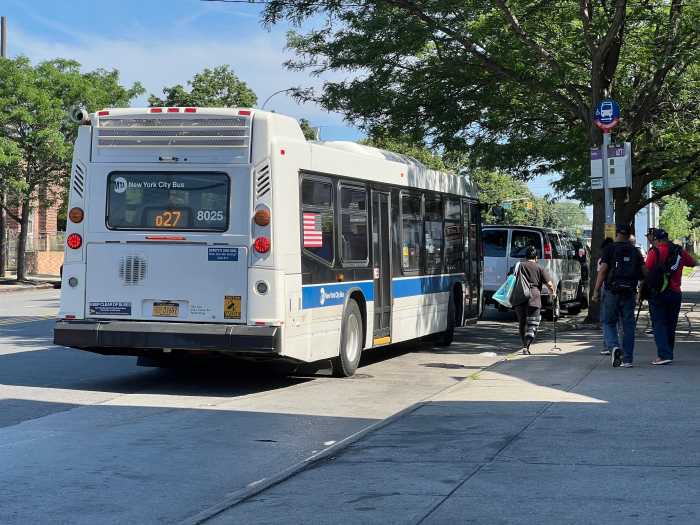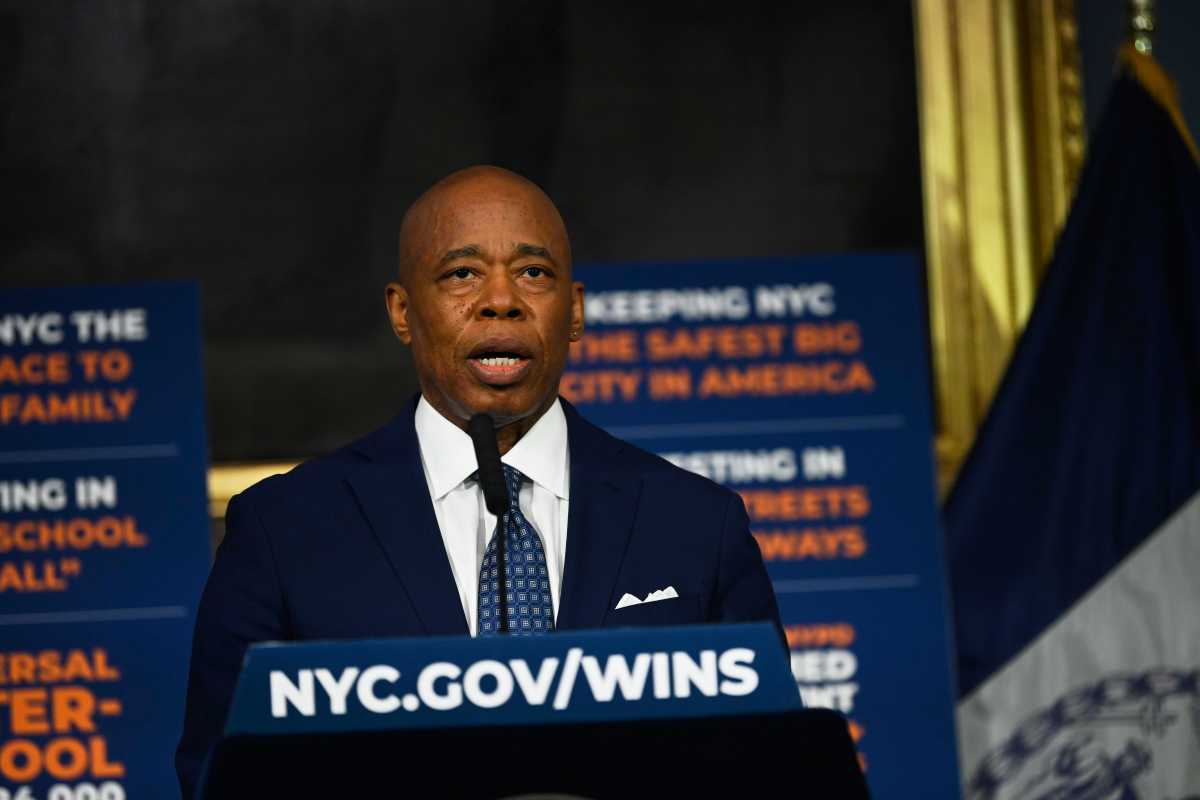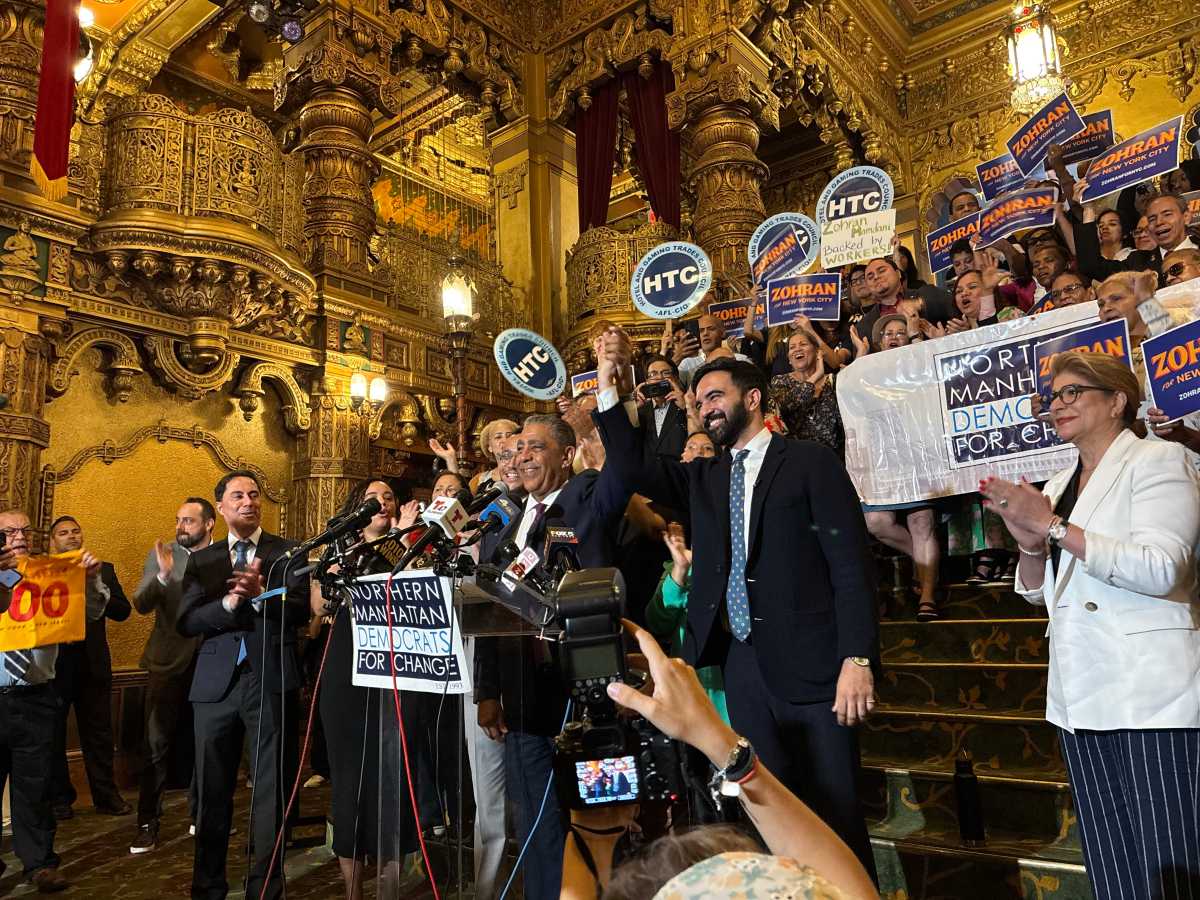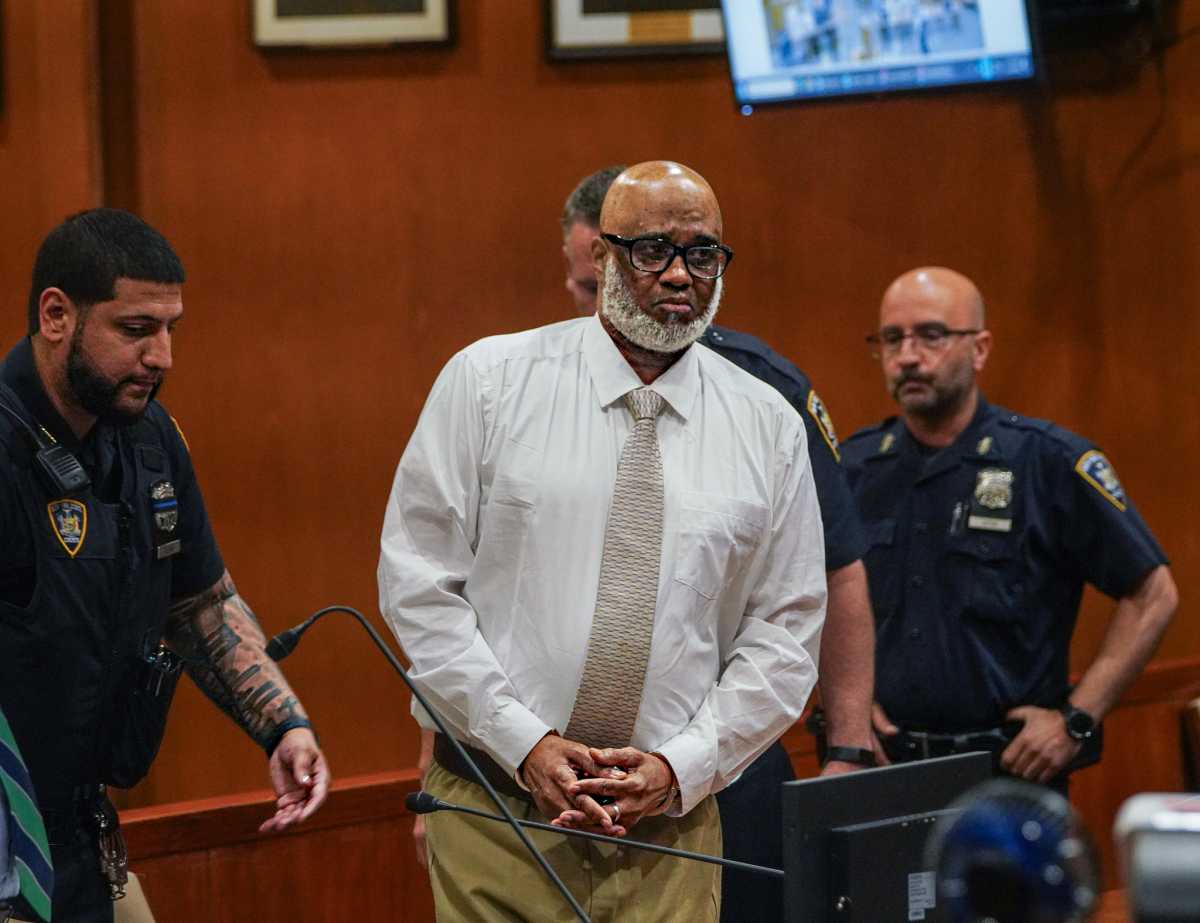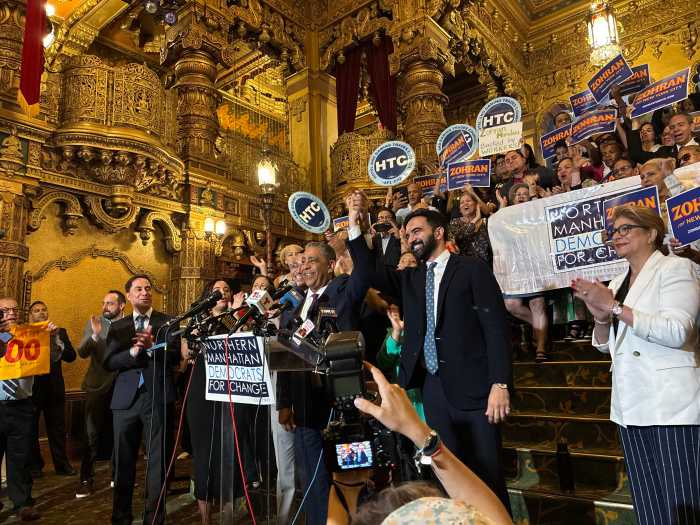By Prem Calvin Prashad
Last month a legal challenge to the Deferred Action for Childhood Arrivals deadlocked the remaining eight justices currently on the Supreme Court following the death of Justice Antonin Scalia in March.
The blocking of the legal childhood arrivals program and its partner, Deferred Action for Parents of Americans, leaves up to 5 million undocumented persons unsure about a potential path to citizenship.
The challenge to DACA and DAPA was the result of a lawsuit filed by 26 Republican governors in the Southern District of Texas, where the governors argued that in offering alternatives to deportation the federal government was failing to enforce immigrant law and causing their states “considerable expense” to issue driver’s licenses. In 2015, the judge in this case filed an injunction against the DACA expansion and DAPA implementation, an injunction that now holds after the Supreme Court failed to render a judgment. A trial must now be held in Texas to determine whether the expansion will take place.
DACA, introduced in 2012, initially covered people who entered the United States as a minor, before 2007 and were no more than 31 years old. Additional requirements included a high school diploma or service in the military. Those that qualified could apply for a two-year protection from deportation and a work permit. About 819,512 people were granted DACA status under these guidelines, with New York the fourth largest recipient of DACA protections. The 2014 expansion would have moved the entry date to 2010 and eliminated the age restriction, granting coverage to all persons that arrived illegally before their 16th birthday. The DACA program itself was not challenged or affected by the court decision.
Unlike DACA, which had been in place for two years, the injunction from the judge presiding over the governors’ lawsuit in the federal court in Texas, prevented DAPA from ever being implemented. DAPA would have provided a protected status for an individual who not been convicted of a felony or significant misdemeanor and is the parent of a U.S. citizen or lawful permanent resident.
Though leading the way in creating ways to legalize the status of certain undocumented persons, the Obama administration has deported the most persons of any administration. However, as recently as 2014, U.S. Immigration and Customs Enforcement have claimed that 85 percent of its 577,295 removals and returns were people convicted of crimes. Activists have clashed with the federal government on the definition and nature of charges filed against immigrants that lead to removal or returns. According to the American Immigration Council, the Department of Homeland Security conflates all crime, no matter how minor, in categorizing “criminal” removals. This includes traffic offenses.
Returns generally notate people that have been caught attempting to cross the border. Removals notate deportation of persons residing illegally in the country. In 2011, in part due to dramatically lower rates of border crossings, removals overtook returns. Around the same time, the Department of Homeland Security started reporting removals and returns together, causing some ambiguity about how and where deportations have happened.
In response to the court’a 4-4 deadlock, immigration activists rallied in Jackson Heights June 24, calling on President Obama to take further executive action on immigration reform. They want Obama to declare a moratorium on deportations until the DACA/DAPA deadlock is resolved. The #Not1MoreDeportation campaign has almost 4,000 signatures.

